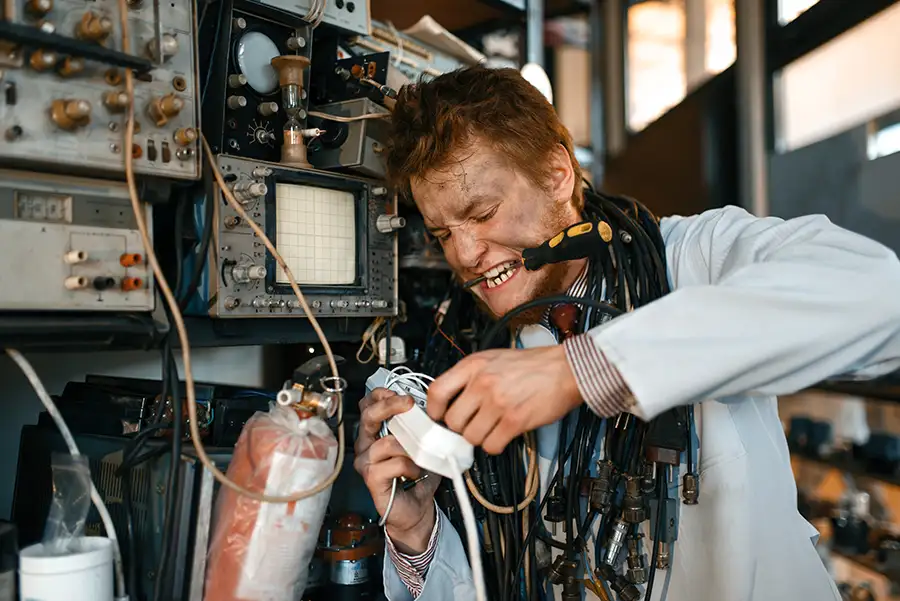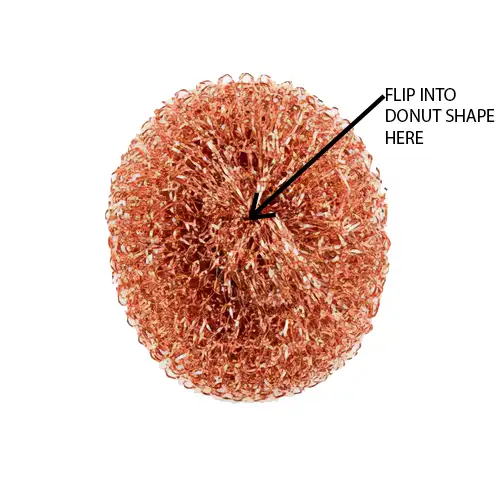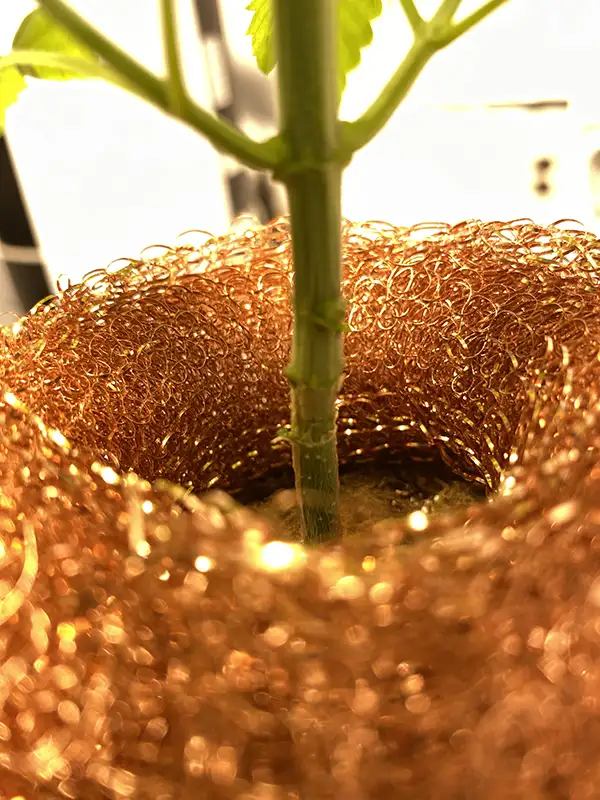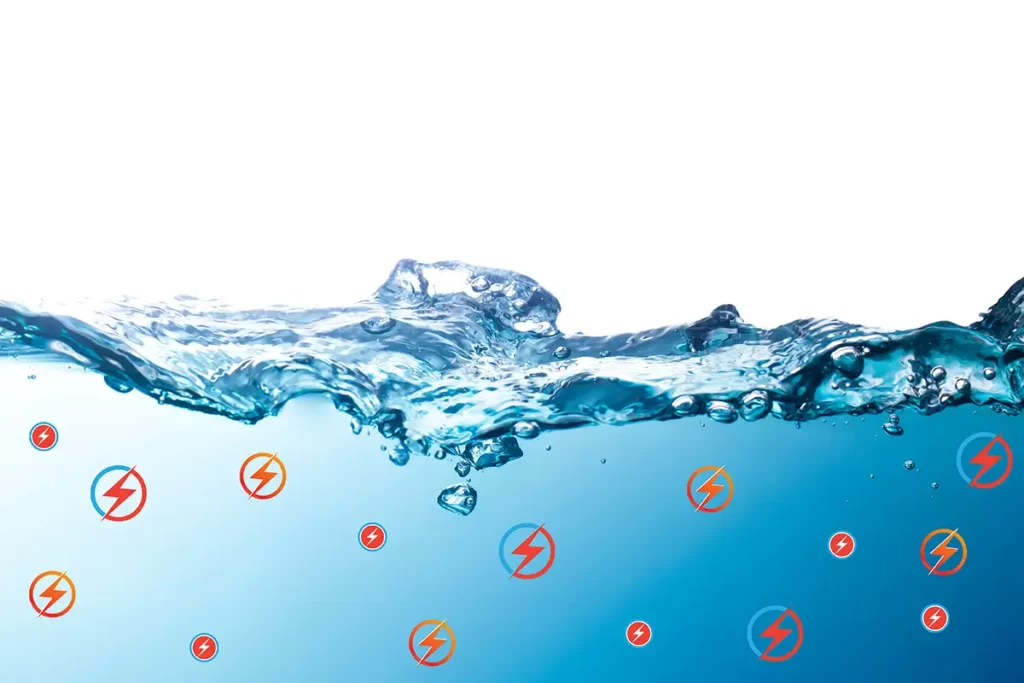
For the cultivators looking to up their grow game and stay ahead of the curve, you may want to check into how electricity when used properly can help increase your growth and terpene production while reducing diseases and pests.
Perfect, so just drop batteries into the reservoir? Nope, don’t do that! You will first need to understand a bit about the science behind it. Electroculture involves applying low voltage electrical charges to the plant’s medium, water, or plant tissue. This stimulates plant growth by enhancing the uptake of nutrients and water, promoting cellular activity, reducing disease, and improving root health. As the owner of a cannabis consulting and planning company over the past 20 years, I’ve had my fair share of mad scientist moments, and electroculture is no exception.
Here are some of the ways that electroculture can be beneficial for your grow room:
- Increased plant growth: Electroculture can stimulate plant growth by enhancing the uptake of nutrients and water. This results in stronger and healthier plants, with larger yields.
- Reduced water usage: By improving the efficiency of water uptake, electroculture can reduce water usage in cannabis growing. This can be especially beneficial in areas where water is scarce or expensive.
- Enhanced root health: Electroculture can improve the health of your medium by increasing microbial activity and nutrient availability. This results in a healthier root environment, which is essential for fast plant growth.
- Reduced risk of pests and disease: By promoting stronger plant growth and improving the root health, electroculture can reduce pest and disease risks with cannabis cultivation. This can reduce the need for chemical pesticides and fungicides, which in our opinion should always be kept far away from your garden.
- Improved nutrient uptake: Electroculture can help to improve the uptake of nutrients by cannabis plants. This can result in better quality flowers with higher levels of THC and other cannabinoids.
- Increased terpene production: Terpenes are aromatic compounds found in cannabis that are responsible for its distinctive scent and flavor. They also have medicinal properties, making them a desirable trait for many cannabis strains. Electroculture has been shown to increase terpene production in cannabis plants, resulting in higher-quality flowers with stronger aromas and flavors.
- Reduced environmental impact: By reducing water usage and the need for chemical inputs, electroculture can help to reduce the environmental impact of cannabis growing. This can make it a more sustainable and eco-friendly option. Especially if you use solar power!

Wanting to amp up your yields and bring out your inner mad scientist? We thought so!
Electroculture is an exciting family of advanced agriculture techniques involving the use of electricity to stimulate the roots and plants while also warding off disease. The idea behind electroculture is to introduce different electric and magnetic fields to produce various effects on the plants and mediums.
DIY Simple Ion Exchange Methods
When you overlap a copper wire to attract ions, it is called ion exchange. Copper wire is often used as a material for ion exchange because it has a high affinity for positively charged ions, such as copper, zinc, and nickel. When copper wire is overlapped or wound into a coil, it creates a surface area that attracts ions and allows them to bind to the wire or gather within the space. This process is used in various applications, such as electroplating, water treatment, chemical separation processes and of course, advanced cultivation techniques like this.
Our favorite type of ion exchange process for cannabis cultivation also happens to be very simple. All that is needed is copper wire and something to secure it in place. Place the copper wire around the stalk of your plant a few inches away from the stalk. Overlap the copper wires and secure in place. This device will naturally gather the ions in the area and target them to your plant(s).

1. Copper Scour Pad Method
The team at 4trees has come up with an effective, yet inexpensive electroculture technique for simple ion gathering. Copper scour pads are generally used for washing dishes, but not today! This little mesh structure is made up of intertwined thin copper wires that is perfect when used as a device for simple ion gathering, a form of electroculture.

Copper scour pads can become a useful electroculture device by flipping the middles out so they are a donut shape and placing them on the soil or rockwool block around the plant’s stalk. The copper in the scour pad will act as a natural ion-gathering device, attracting positively charged ions from the soil and air, making them available to the plant.

Because the copper scour pads sit up off the ground you don’t need to raise them with anything, just sit them on the base layer of the medium and they will go to work.
When placed above, but around the plant’s root system, the copper scour pad acts as a natural ion-gathering device, making these ions readily available to the plant. As a result, your plants can absorb more nutrients, leading to an increase in growth and yield!
The copper scour pad’s presence creates a small electric field around the plant’s roots, which stimulates the plant’s metabolism and promotes nutrient uptake. This electric field is produced by the movement of charged particles, such as ions, through the soil and the copper scour pad.
In conclusion, the 4trees copper scour pad technique offers the perfect intricate design for ion gathering with its interwoven copper wires, at a fraction of the cost as one you may find in a hydroponics retailer. Making it another effective tip for simple ion gathering to throw in the old toolbox.

2. Zeus Thunder Sticks
Thunder sticks are another easy, inexpensive, yet effective simple ion exchange technique used by advanced growers looking to amp up their yields.
To implement this method, you can take a few copper wires or thin rods and wrap them tightly around plant stakes, or bamboo sticks, leaving some exposed copper at the ends.
These copper-wrapped structures can then be placed in the soil near the roots of plants, so that they can attract and collect positive ions from the air and medium.
You can also do the same thing but with tomato cages, only then you can’t call them thunder sticks, so, not quite as cool. However, with the tomato cages you have a pre built structure to also wrap some around the diameter of the plant a bit higher up as well.
As the copper gathers the positive ions, it can also create a slight electrical current which can help to break down organic matter in the soil and release more nutrients that are essential for plant growth. This process is similar to the way lightning can break down nitrogen in the atmosphere and make it available for the plants to use.

What Is Electrolysis?
If we haven’t lost you at this point that means you are a bit of a grow nerd too, nice! Let’s dive into what electrolysis is and how it can help your plants. Electrolysis is a chemical process that involves passing an electric current through a liquid or solution containing ions. This process causes the ions to migrate towards the electrodes, where they undergo a chemical reaction.
In the context of plant growth, electrolysis is used to increase the availability of your nutrient-rich solution that can be used to feed plants. Electrolysis and nutrient rich reservoirs work well together since your cannabis nutrients are salt based. The process involves passing an electric current through a solution of water and plant nutrients, which causes the water molecules to break down into their constituent parts, hydrogen, and oxygen. The hydrogen ions (H+) then combine with the nutrients in the solution to form a nutrient-rich substance that can be absorbed by the plant roots easier. This will only work in a nutrient rich solution as it requires the salt-based nutrients to engage.
This process, known as hydrolysis, provides the plant with a continuous supply of nutrients and oxygen, which can help to increase plant growth and improve yields. By providing the plant with a more efficient
method of absorbing nutrients, electrolysis can help to increase the uptake of essential elements such as nitrogen, phosphorus, and potassium. Additionally, electrolysis can help to maintain the pH balance of the growing medium, which is essential for optimal plant growth.
One of the key advantages of using electrolysis to increase plant growth is that it allows for greater control over the growing system. This is exactly why this is generally a technique reserved for advanced hydroponics growers. By adjusting the voltage and current levels, cultivators can help control the nutrient concentration and pH level of the solution, ensuring that the plant receives the optimal amount of nutrients. 4trees can help you integrate electrolysis into your automated growing systems that require minimal maintenance and intervention, making it a popular choice among commercial growers looking to amp up their techniques.
In the late 90’s when I was just a seedling, I experimented with electrolysis on plants using my father’s electrolysis device he made because he is a health nut, and although designed for the body, I found it worked great for electrolysis in hydroponics. You can get the schematics for this device by looking up “Dr. Clark, Zapper” as her electrolysis device is dubbed the zapper. This is a great introduction unit for electrolysis and can easily be integrated into a small hydroponics or feed reservoir.
In summary, electrolysis produces a chemical process in the root zone that can be used to increase plant growth by providing a more nutrient-rich solution which can be absorbed by the plants roots even easier. By providing a continuous supply of nutrients and oxygen, electrolysis can help increase plant growth and improve yields dramatically.
It’s advised to have ample ventilation in your fertigation rooms and always wear a mask when experimenting with electrolysis due to the unknown nature it and the possibilities of the inhalation of anything but good old fashioned air.

In conclusion, electroculture is an innovative technique that can provide numerous benefits for cannabis. By improving nutrient uptake, water efficiency, terpene production, plant health, soil health, and reducing environmental impact, electroculture can help to produce high-quality cannabis with optimal levels of cannabinoids and terpenes. As cannabis cultivation becomes more competitive and sophisticated, exploring new techniques and technologies like electroculture is one of many tools you can add to your toolbox that can help growers stay ahead of the curve, and produce top-quality products.
